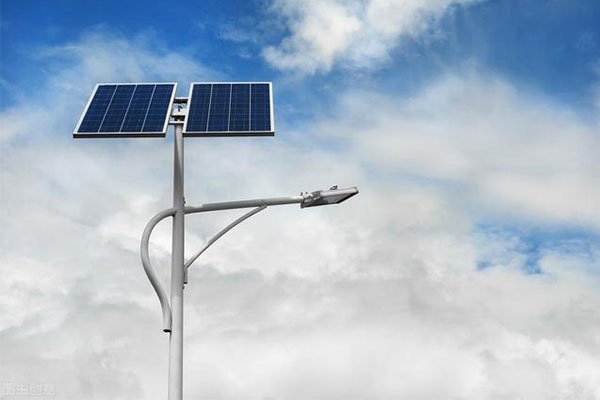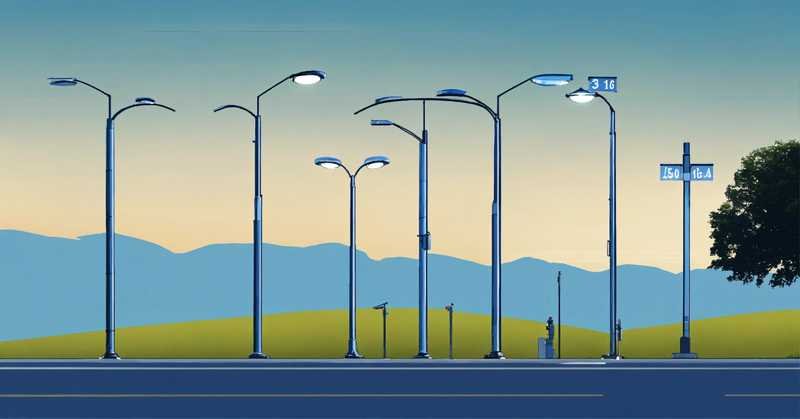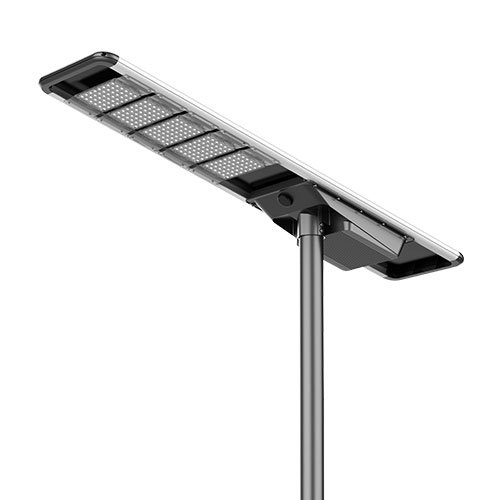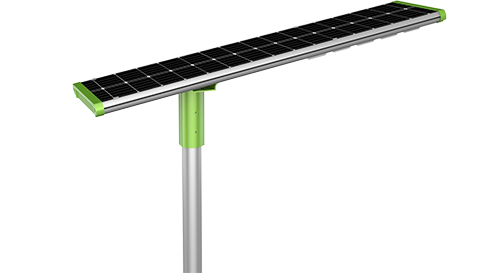Rain shouldn’t disable your solar lights—but after heavy storms, many users find their systems fail.
In my experience, 90% of post-rain failures come from water intrusion, low charging, or sensor malfunction.
As someone who installs and maintains solar street lights in tropical and equatorial zones, I’ve seen this issue too many times. Let me show you exactly how I diagnose and fix these problems for clients.
Top 5 Reasons Why Solar Lights Stop Working After Rain?
Weather affects electronics—and solar lights are no exception.
After a rainy day, solar lights may stop working due to moisture, weak charging, or sensor and battery issues.
Here’s a quick breakdown of the most common problems I see in the field:
| Problem | How to Identify | My Recommended Fix |
|---|---|---|
| 1. Water Leaking into the Light | Look for fogging or corrosion inside lens | Open case, dry with fan, reseal with silicone |
| 2. Insufficient Charging | Low brightness even after several hours | Turn off, recharge under sun for 2 days |
| 3. Dirty Solar Panel | Mud, bird droppings, or water stains | Clean gently with microfiber and alcohol |
| 4. Sensor Error | Light doesn’t switch on at night | Test in dark room, clean lens area |
| 5. Humidity-Damaged Battery | Flickering or no light after full charge | Replace with IP-rated lithium cell |
Let’s go deeper into how I approach each of these in real projects.
Step-by-Step Fix Guide?
It’s not complicated—but you need to know where to look and what to touch.
Here’s the method I use to bring non-functional lights back after rain.
✅ Step 1: Inspect for Moisture
I always start by checking the lens and battery compartment. Moisture buildup causes short circuits and corrosion.
- Open the unit if accessible (use screwdriver carefully)
- Remove the battery and visually inspect the interior
- If any moisture is present, dry it with a cloth or a hairdryer (low setting)
- Reseal all joints and screw holes with silicone
✅ Step 2: Recharge Fully Under Sun
Solar lights need sunlight to recover. Rain often brings 2–3 days of overcast skies.
- Turn the light off
- Place it outdoors in direct sun for 1–2 full days
- Turn it back on at night and monitor performance
⚠️ I always test charge in open sunlight—not under glass, not behind windows.
✅ Step 3: Clean the Panel
Even after rain, panels can be coated in dirt or algae.
- Use a damp microfiber cloth or soft sponge
- For mineral stains, apply alcohol solution and wipe
- Never use abrasive cleaners—they scratch and reduce efficiency
✅ Step 4: Test the Sensor
A lot of users don’t realize the dusk sensor needs to be dry and clean.
- Cover the panel with cloth in a dark room
- If the light doesn’t activate, replace the battery or bypass the sensor for testing
- Some smart controllers need a full battery reset
Preventive Tips for Rainy Climates?
I’ve worked in regions where rain comes daily. With the right setup, solar lights survive just fine.
Design and preventive maintenance are the key to reliable performance in wet environments.

Here’s what I recommend when designing or sourcing lights for rainy locations:
IP Rating and Enclosure Quality
| IP Rating | Protection |
|---|---|
| IP65 | Rainproof, dustproof |
| IP66 | Heavy rain and spray-resistant |
| IP67 | Temporary water immersion okay |
- Always confirm the light housing is properly sealed
- Look for models with drain holes or sealed battery cases
Installation Guidelines
- Mount lights at a slight downward angle for water runoff
- Avoid trees that drip long after the rain ends
- Use anti-rust brackets and stainless fasteners
🔧 I recommend inspecting the sealant around the lens and battery box every 3 to 6 months. This small step saves hours of repair work later.
FAQs?
These are questions I get from clients in Uganda, Ghana, and other humid countries.
Let’s clear them up before your next rainy season.
Q: Will solar lights charge on cloudy days?
A: Yes, but slowly. Panels still receive indirect radiation, just less efficient.
Q: Can I use a USB charger?
A: Only if the model supports it. Some integrated solar lights come with micro-USB ports.
Q: How do I check if the battery is dead?
A: If the light stays dim or doesn’t turn on after 2 days of sun, swap in a new lithium or LiFePO4 battery.
Q: What IP rating do you recommend for heavy rain?
A: IP65 minimum. For coastal or mountain areas, go with IP66 or IP67.
Conclusion
If your solar light stops working after rain, check for five core issues: moisture intrusion, charging failure, blocked panels, faulty sensors, or battery damage.
With a careful inspection and basic tools, most of these issues can be fixed on-site within 30 minutes.
Related Articles
SEO配置建议(RankMath / Yoast)
- SEO Title:
- Meta Description:
- Focus Keyword: not working after rain
- Schema: Article + FAQ







